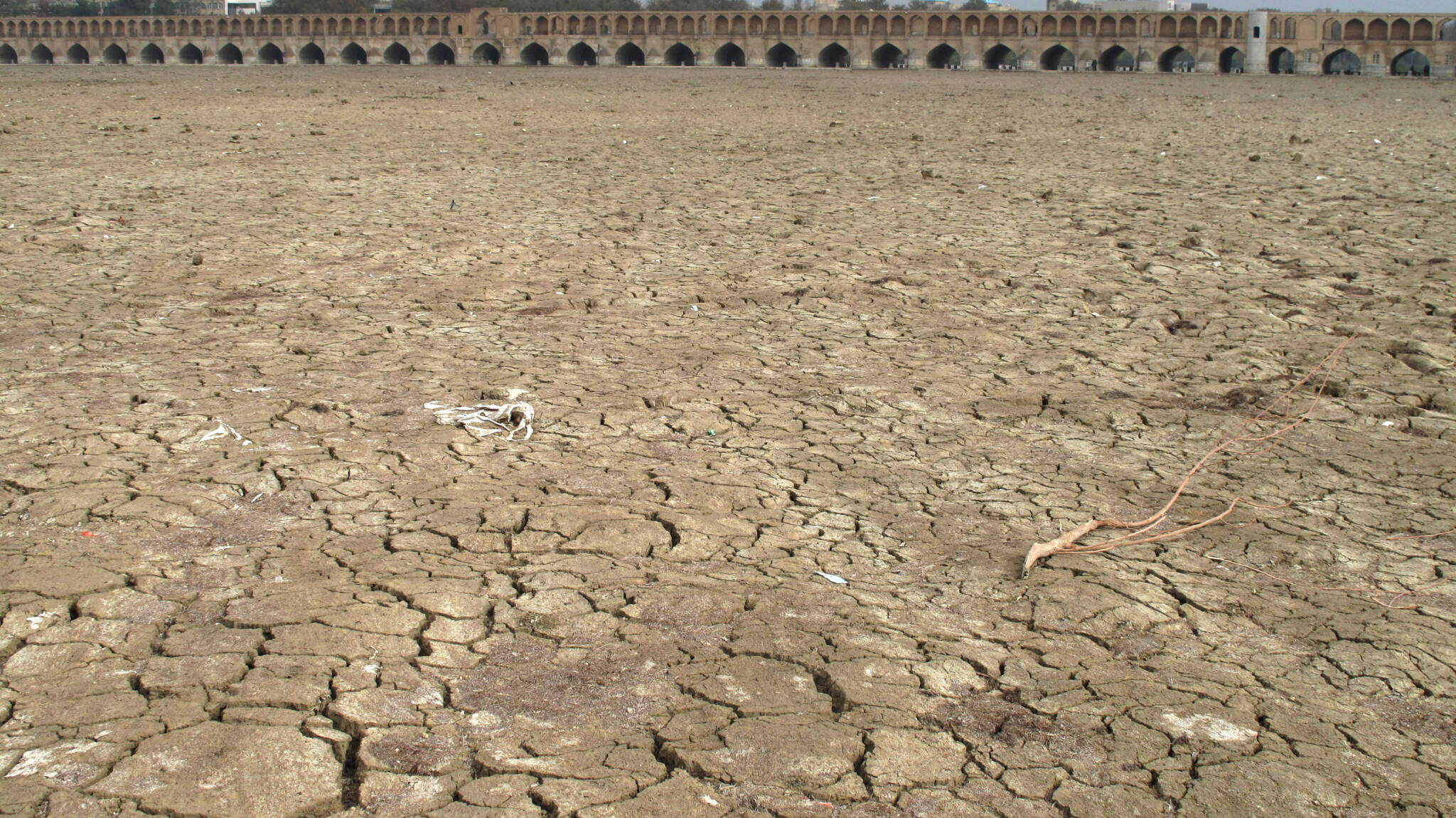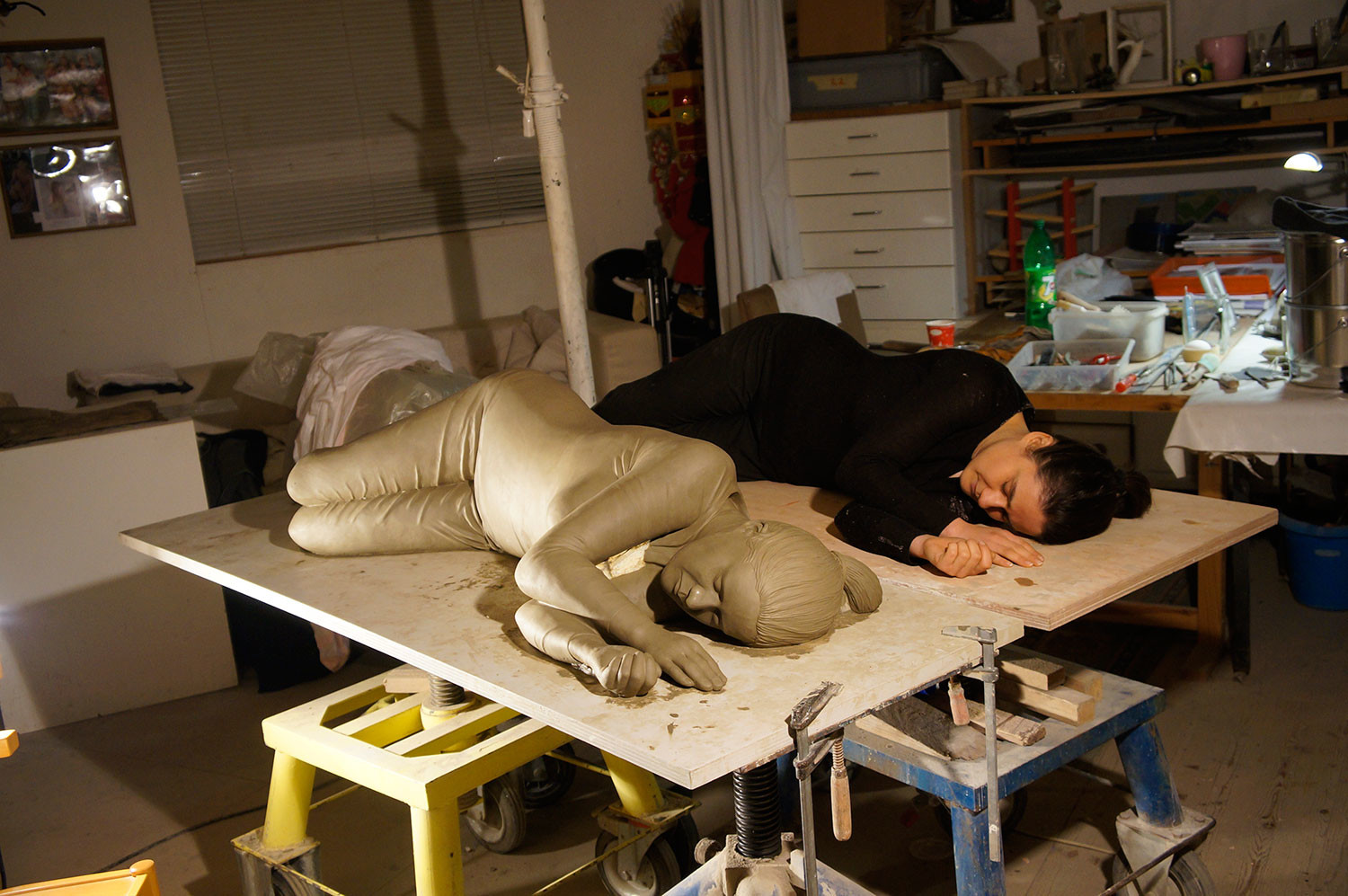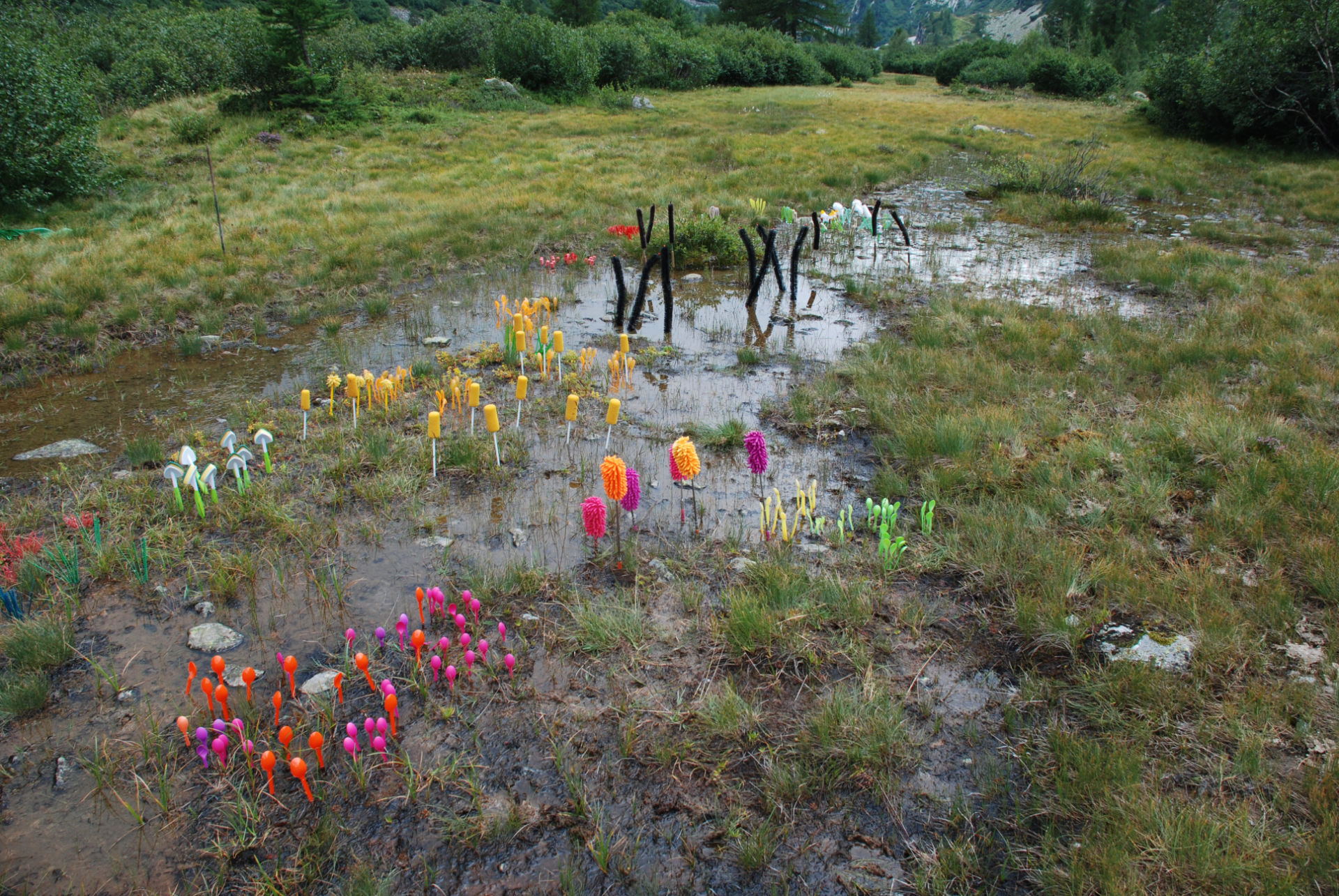Interview with Angelika Boeck and Peter Tepe | Section: Interviews
Abstract: In this interview, Thomas Gartmann’s article Studies in the Arts: An Artistic-Scientific Doctorate is explored in greater depth: a doctoral project within the context of visual arts serves as an example; questions posed by prospective students are answered; criticism that the Bern model has received is responded to.
Thomas Gartmann, your article Studies in the Arts: An Artistic-Scientific Doctorate appeared in w/k on May 6th 2022. At the beginning, an in-depth interview is announced, which we now begin. To avoid unnecessary repetition, your contribution is assumed to be familiar.
w/k is concerned with connections between science and art, with the visual arts at the focus of interest, but with other art forms such as literature and music included at the margins. These connections are examined as thoroughly as possible – in relation to the works of individual artists, but also to institutions. We want to examine the artistic-scientific doctoral programme Studies in the Arts offered by the University of Bern and the Bern Academy of the Arts (HKB) from this point of view. Our first aim is to help those w/k users who are interested in the overall theme of “art and science” but are not familiar with study programmes of this kind to gain an adequate understanding of the Bern doctoral programme. A discussion can then be held in the comments section.
An example
First of all, we ask you to give an example of a dissertation topic with references to the visual arts that has been or is being worked on within Studies in the Arts.
Paranature Research Laboratory. On the exploration of the concept of nature/culture is the working title of Andrina Jörg’s dissertation, which is currently being written in Social Anthropology. It is about the tension between the natural and the artificial, but also between fact and fake.
For outsiders, the title of an artistic-scientific programme initially raises the question of which scientific and which artistic elements a dissertation topic typical of your programme has and how they relate to each other. Please explain this using the example of Paranature Research Laboratory.
On the one hand, there are artistic works here, some of which are newly developed, but some of which were created earlier: Installations and photographs that could also stand for themselves. On the other hand, there is accompanying sociological-ethnographic research: participant observation and interviews. And finally, a theoretical framing: the classification of both the artworks and their discussion in the most diverse discourses. In this way, I understand Paranature Research Laboratory as both a scientific and a broad-based art and outreach project that uses ethnographic and artistic means to critically reshape speculative notions of nature and transplants everyday plastic objects to places where nature is commonly expected. The idyll of nature is ironically broken by the associated neo-materialist reflection on the relationship between industrially and hand-made materials and their pretence as natural objects. The current environmental and consumer debates form the background. In various actions, the audience’s reactions are observed, questioned, discussed, analysed, systematised, and classified. The scientific and artistic parts of the project cannot always be sharply distinguished from each other but are mutually dependent and permeate each other.

The profile of this dissertation project can be reduced to the formula: Artistic works (which may also have been created before the project began) plus accompanying socio-scientific-ethnographic research plus classification of the artworks and the scientific research results in several discourses. Possibly many or even all SINTA projects are knitted according to a comparable pattern; we will come to this later. We note the central points and ask for further information:
(1) The doctoral project here includes the independent artistic work of the doctoral student: It produces “installations and photographs” that “could also stand for themselves”. This distinguishes this dissertation project from projects of a conventional kind, which do not include any artistic work of their own.
That is correct. And in the university context, this is also what makes this doctoral programme special, even if not all projects have such a distinctly artistic part.
(2) The doctoral project includes accompanying socio-ethnographic research; you mentioned participating observation and interviews. What does that look like in concrete terms? What sociological steps will take place?
Random exhibition visitors and passers-by are confronted with the artworks, observed and asked about their impressions and associations.
The questioning of the people who have received the artworks will probably show that there is a variety of different impressions and associations that could be developed into different interpretations of the respective work. In this project (and in comparable projects), will the diversity of impressions and associations only be ascertained, or will the ascertainment pursue further cognitive goals?
Of course, the doctoral candidate herself can best provide information here: In a still unpublished essay, she explains that she first collected the “observations, interpretations and speculations on what was seen in the Paranature Research Laboratory as a voice message. With the speech material, I created – inspired by both the theoretical figure of assemblages and the location of the laboratory – thematically laid out text assemblages. These consist of newly sequenced statements by various visitors and express different perceptions and linguistic expressions of the subjects in a thematically ordered way. With the help of the language (by-)plays, I think about processes of perception and order in the context of nature-culture structures from an art-theoretical and art-mediating perspective”. The rhizomatic principle, which is closely linked to the theory of assemblages (and like the concept of assemblage was introduced into the theoretical discourse by Gilles Deleuze/Félix Guattari), receives special attention. The evaluation thus also has an artistic component – this time literary-creative – but formally theory-driven.
How high is the bar set? What social science competencies must the doctoral candidate possess?
For every dissertation, the methodological tools of the corresponding university discipline must be mastered. If someone comes with a degree from an arts college, there are specific requirements. In this case, this post-qualification concerns methodological courses and seminars in social anthropology, as ethnology is called in Bern. These are taken in the first year of the doctorate.
(3) The doctoral project includes the classification of the artworks and the social science research results in several discourses. What exactly is to be done here?
Here it is a matter of dealing with current theoretical concepts and classifying one’s own work: actor-network theory, art mediation through art, aesthetic education. At the same time, social discourses also play a role in this project: concepts of nature, cultural hacking, i.e. an idea borrowed from computer hacking of recoding and alienating existing cultural codes, participation as well as the environmental and consumer debates already mentioned.
What additional competences does the PhD candidate need to have?
The candidate must have a great curiosity to deal with other theories and methods. A cross-disciplinary interest is also required. Persistence and endurance, enjoyment of experiments, critical faculties: these are all social skills that are also very useful here.
Do the other SINTA projects that relate to the visual arts have a comparable structure or are there special emphases to be noted here?
To a certain extent, yes. In other dissertations, too, an artistic intervention is often part of the academic work and also becomes itself a research object. But the photographic and video documentations sometimes find a life of their own as installations, in galleries, museums or at the Bern Biennale.
What prospective students might ask
Angelika Boeck has prepared 12 questions for this round:
- How long does the Bern Model doctorate usually take?
The statistical average is five years, the record is three years.
- What requirements do doctoral students have to fulfil according to the Bern Model?
A good master’s degree from a full university or art college. Two supervisors must be interested in the topic. That is certainly the biggest hurdle.
- What criteria are used to select the doctoral candidates?
In addition to the formal criteria, a convincing proposal is crucial: research question, state of the art, theoretical framework, methods to be used.
- Are there any costs associated with the programme and if so, how high are they? Are there any funding opportunities?
The doctoral fee is 200 Swiss francs per semester. About two thirds of the doctoral students work paid in a project financed by the Swiss National Science Foundation as employees of the Bern Academy of the Arts (HKB) or the university.
- Can doctoral students choose their own supervisors?
They are completely free to do so. The first supervisor is a member of the University’s Faculty of Humanities, the second supervisor is a HKB professor with PhD.
- Is it necessary to live in Bern or the surrounding area, or are regular meetings with the supervisors sufficient?
No, we have doctoral students who commute from London, Milan or Berlin. You can expect about four to five physical meetings per semester. Today, much of the work is done online.
- What is the average length of a doctoral thesis according to the Bern Model?
That depends on the discipline and the topic. We probably have volumes of 200 to 500 pages, the average should be around the middle of that.
- What languages are accepted for the doctoral thesis?
German, English, French and Italian – as long as the supervisors agree.
- Is the degree internationally recognised?
Yes, it is a university Dr. phil., with a Diploma Supplement listing all achievements.
- Do I have to take certain preparatory or accompanying courses?
There used to be a passerelle, the Master of Research on the Arts before the doctoral programme. Since 2019, additional qualifications amounting to 30 to 60 points according to the European Credit Transfer and Accumulation System (ECTS) have to be taken parallel to the doctoral programme. In addition, 20 ECTS in the form of lectures, workshops, summer schools and soft skills such as presentation techniques, handling big data, proposal prose, etc. must be completed.
- Does every doctoral project involve the production of a new artistic work?
No, this depends very much on the topic and discipline.
- Is the programme only open to artists or can people from other fields also apply, and if so, which ones?
In addition to artists from all disciplines and designers, we also have interested persons with a university Master’s degree in art history or musicology in the programme.
Criticism of the Studies in the Arts
The Bern model has certainly also received criticism. It would be a good way to round off our conversation if you could present the most important points of criticism from your point of view and respond to them.
With pleasure!
Criticism 1: Dissertations from this programme have little to do with the reality of life!
One focus is on doctoral theses in the field of health design, which are anchored in social anthropology and also deal intensively with the application of the acquired knowledge: One thesis examines how people from the Mediterranean region not only feel more comfortable in old people’s homes, but also feel better. This is done not only by means of participant observation and interviews with the elderly, as well as their relatives and the nursing staff, but also by means of cultural probes: here it was asked what evokes feelings of home, furniture, decorative blankets, old hits, food, colours, light. In another dissertation, the dying process and its alleviation is researched: the development of comfortable hospital beds that preserve dignity has just as much a place here as cooling food or refreshing fragrances.
Criticism 2: This may be true for projects from design, but are not many doctorates from the visual arts merely l’art pour l’art?
Also in social anthropology, some visual artists are doing their doctorates. For example, an Iranian photographer documents and discusses what it means when a river suddenly dries up to a large extent because of a dam, what effects this has on people’s senses of smell, on ways of life, on their memories, feelings, political attitudes, etc.

Another work is dedicated to the human-animal relationship, especially the treatment of the wolf. How is he staged in the zoo, and how does he suddenly break into daily life? Observations and interviews with zoo employees are supplemented by photographic and film documentation, but also by sculptural portraits and self-portraits, which are exhibited in the enclosure and again observed. The dissertation thus also addresses the tension between the natural and the artificial, but also between fact and fake.

Criticism 3: Such a doctorate is of no use for a further career!
If we look at the list of our graduates, we see that the doctorate has certainly promoted their further career – some remain in research and work as postdocs in further national funded projects, be it at HKB or at the university, others found a good job as a museum curator or were promoted to professor at HKB or work as a senior researcher a in a private research institution.
Criticism 4: Interdisciplinarity is a mere assertion in these dissertations!
An example shows what is possible here when one wants to reconstruct music that dates back centuries ago: A doctoral student is dealing with a fur-covered medieval stringed instrument, the rabab, of which there are very few early instruments left, but numerous illustrations in frescoes, miniatures, paintings, sculptures, and also in Arabic music theory treatises. And in today’s Maghreb, the instrument is also still played. With interdisciplinary and comparative methods, as well as by reconstructing prototypes, approaches are now being made to this instrument, long extinct in Europe, and its repertoire.
Criticism 5: People often complain that the recording process is incredibly complicated.
Yes, the multi-step process is not easy to understand from the outside. That’s why interested parties should definitely contact the coordination or the programme director first before contacting potential supervisors. We will then guide them safely to their goal.
Thomas Gartmann, thank you for the instructive interview.
Details of the cover photo: Andrina Jörg: Paranature Research Laboratory (2022). Photo: Andrina Jörg.
How to cite this article
Thomas Gartmann, Angelika Boeck and Peter Tepe (2022): Thomas Gartmann: An In-depth Interview. w/k–Between Science & Art Journal. https://doi.org/10.55597/e7729


Be First to Comment